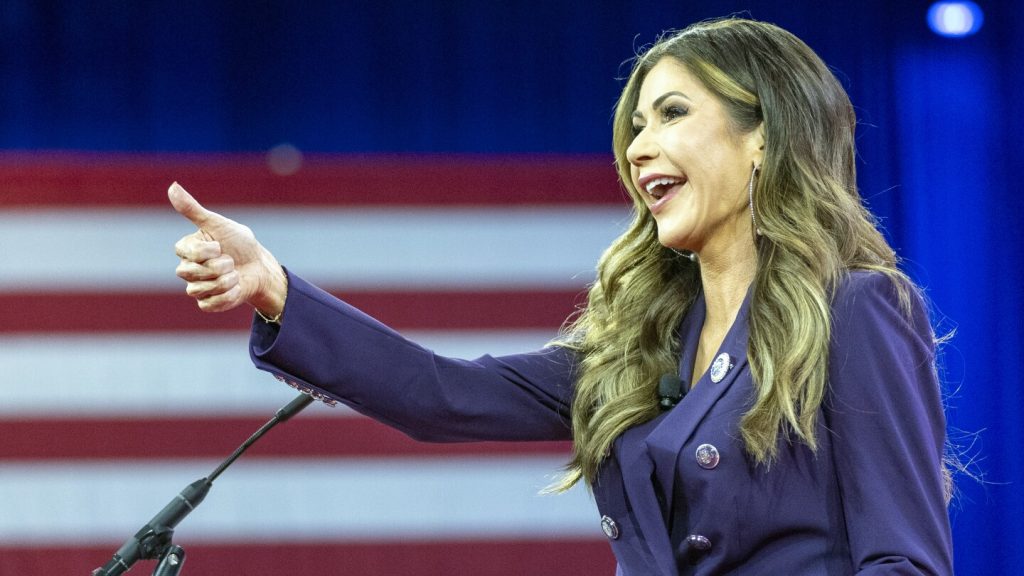In South Dakota, Republicans are facing a fierce battle for their party identity as district-level primaries take center stage in Tuesday’s election. Despite Governor Kristi Noem’s close ties to former President Donald Trump, the party is divided, with Senator John Thune and Representative Dusty Johnson representing different factions within the party. While Trump’s influence is still significant, some races are uncontested due to lack of challengers. However, voters will have the opportunity to shape the Republican majority in the state legislature through the primaries.
The primary election in South Dakota will feature 44 contested Republican races, with only two Democratic primaries on the ballot. Several candidates are vying for positions as the voice of reason or common sense within the party, while others are aligning themselves with conservative ideologies. Trump’s presence is still felt, with some counties debating whether to count votes by hand instead of using machines. The outcome of these primaries will give a glimpse into the future of the Republican Party in the state.
In terms of what to expect on primary day, South Dakota is split into legislative districts, each electing one state Senator and two state House members. Only contested races appear on the ballot, with Rep. Dusty Johnson running unopposed for the state’s lone House seat. Democrats have three candidates in addition to President Joe Biden on the presidential ballot. The state Republican Party restricts participation in its primaries to registered Republicans, while Democrats are allowing unaffiliated and independent voters to join.
Delegate allocation rules for both parties are in place, with South Dakota contributing 16 pledged Democratic delegates and 29 delegates in the Republican presidential primary. While the Democratic delegates follow national party rules, Republican delegates are technically unbound. The decision notes highlight endorsements from outgoing officials and the importance of different districts in the state. Results will be reported after polls close, with the largest share of votes coming from Minnehaha County.
As the election nears, voter turnout and advance voting statistics show the political landscape in South Dakota. With a significant percentage of registered voters affiliated with the Republican Party, turnout numbers from previous elections provide insight into what may be expected. Vote-counting procedures and potential scenarios for automatic recounts are also detailed. Follow the AP’s coverage for updates on the election in South Dakota and the upcoming national conventions. Ultimately, the outcome of these primaries will shape the future of the political landscape in the state.


